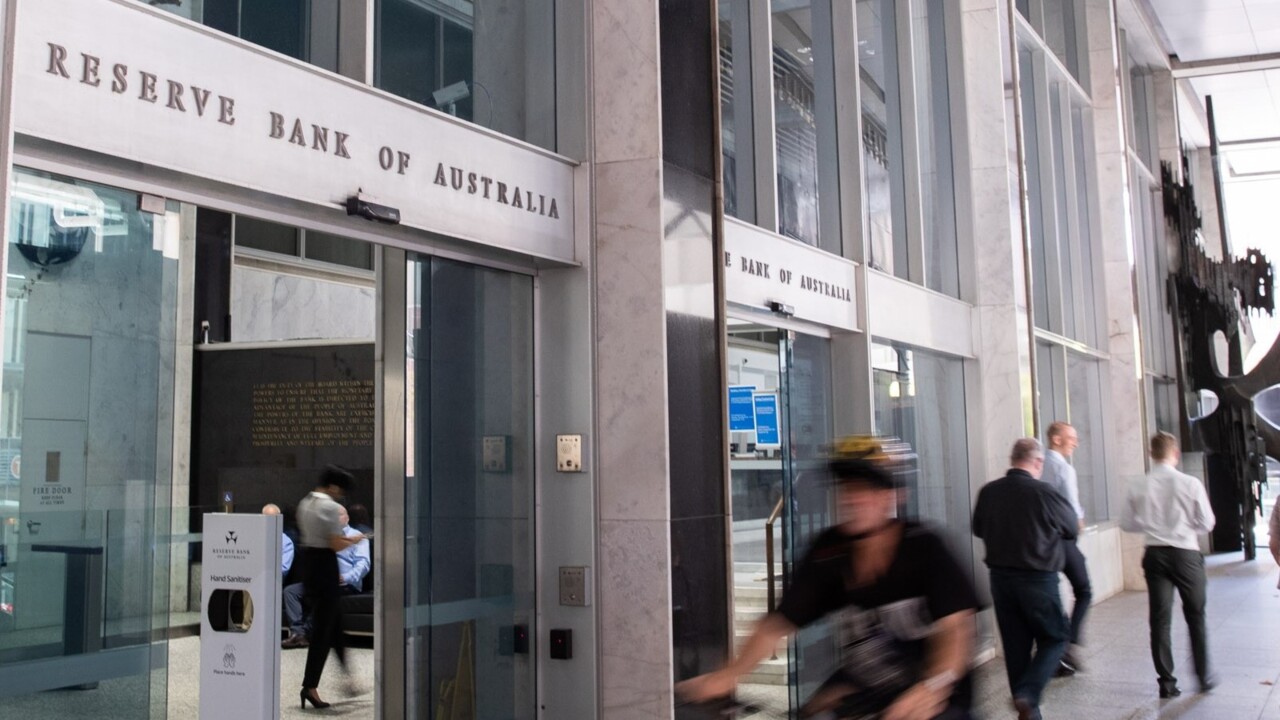Make or break gas code poised for release as Australian east coast faces shortfall
The full text of the code of conduct governing Australia’s gas market will go a long way to determining whether potential new developments proceed, as east coast users are soon to feel a supply squeeze.

Federal Energy Minister Chris Bowen will release the full text of the mandatory code of conduct governing the country’s gas industry within days, a document that will go a long way to determining whether several new developments materialise.
Australia’s east coast gas market is facing a material shortfall in the next few years as traditional supplies run dry and proposed new developments struggle to secure regulatory and social licences.
Queensland shapes as the most likely site for future gas developments to meet the east coast shortfall, but work on several projects have been postponed until after the release of the federal government’s mandatory code of conduct – the centrepiece of the government’s market intervention last year.

Labor last year imposed a cap on uncontracted gas at $12 a gigajoule and moved to establish a mandatory code of conduct that would force gas to be sold at “a reasonable price”.
The government last month released the interim final code, but the full text will be sent to market executives within days before a public release early next week, The Australian understands. The release that will then be scoured over by proposed developers who have remained unmoved despite some government concessions designed to repair ties and incentivise new developments.
Senex Energy, owned by South Korea’s Posco and Gina Rinehart’s Hancock Prospecting, earlier this year suspended its proposed $1bn Atlas project in Queensland, while Cooper Energy has delayed a go-ahead to expand its Otway gas project off Victoria.
Senex – like the broader market – said the intervention exposed it to unacceptable risk, especially around what constitutes as reasonable, and the intervention failed to recognise the swathes of capital developers put at risk to underpin exploration and development.
The company has said it will not proceed until it has seen the full text, but it continues to push ahead with striking offtake agreements with major customers – hinting it is poised to proceed should it find no surprises in the full text.
In its third such offtake agreement on Monday, Senex said it would sell 24 petajoules of natural gas to EnergyAustralia from January 2025. But it reinforced the deal was conditional on a satisfactory code of conduct and securing environmental approvals from the federal government.
Senex chief executive Ian Davies said the expansion was important for Australian energy customers.
“Senex’s $1bn investment to boost gas supply for Australia’s east coast is exactly the type of project required to address supply concerns,” Mr Davies said.
“Our domestically-focused expansion will help to keep the lights on and lower rising energy prices for Australian households and businesses.
The release of the full code of conduct will come just days after the Australian Consumer & Competition Commission said the country had sufficient supplies for the next 18 months, but it would be tight and likely dependent on favourable weather conditions.
The ACCC said there was a small surplus of LNG that could be transported to the east coast in preparation for winter 2024, when demand for gas spikes.
Should that occur, then Australia would have sufficient gas. But industry sources said the report ignored the potential for pipeline disruptions, slowing the transport of gas to Victoria and NSW, the possibility of coal power stations outages – that would increase demand for gas – and shortfalls in supplies from traditional sources.
ExxonMobil – one of Australia’s largest producers of domestic gas – this year said its Gippsland Basin joint venture, which historically supplies more than 70 per cent of southeast Australia’s domestic gas demand, was rapidly dwindling.




To join the conversation, please log in. Don't have an account? Register
Join the conversation, you are commenting as Logout